Home>Health & Lifestyle>Family & Pet-Friendly Home Design>How Did The Industrial Revolution Affect Home Life?
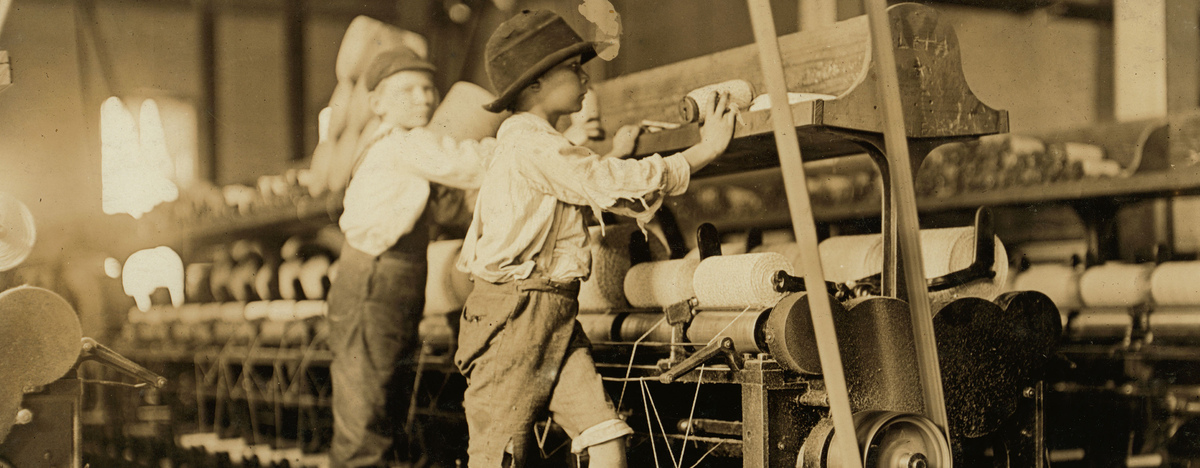

Family & Pet-Friendly Home Design
How Did The Industrial Revolution Affect Home Life?
Published: December 22, 2023
Discover how the Industrial Revolution transformed home life and learn about family and pet-friendly home design. Explore the impact of this historic era on modern living.
(Many of the links in this article redirect to a specific reviewed product. Your purchase of these products through affiliate links helps to generate commission for Storables.com, at no extra cost. Learn more)
Introduction
The Industrial Revolution, which spanned from the late 18th century to the mid-19th century, brought about a profound transformation in various aspects of society, including the home. This period marked a shift from agrarian and handcrafted economies to industrial and machine-based production, leading to significant changes in home life. As the world transitioned from traditional to modern ways of living, the impact on household structure, domestic roles, and technological advancements within the home became increasingly evident. In this article, we will explore how the Industrial Revolution reshaped home life, influencing everything from family dynamics to the physical layout of domestic spaces. Let's delve into the multifaceted effects of this pivotal era on the heart of family and pet-friendly home design.
Key Takeaways:
- The Industrial Revolution changed family homes by creating smaller, compartmentalized spaces for nuclear families, and shifting women and children’s roles in the household to accommodate industrial work.
- Technological advancements from the Industrial Revolution, like sewing machines and electric lighting, made homes more efficient and comfortable, while urbanization led to the development of communal spaces for families and pets in urban areas.
Read more: How Technology Affects Home Life
Changes in Household Structure
The Industrial Revolution brought about a significant shift in household structure. Prior to this period, the prevailing model was the extended family, where multiple generations lived together under one roof, often in rural settings. However, the rise of industrialization led to a migration of people from rural areas to urban centers in search of employment opportunities in factories and mills. This migration resulted in a transformation of household structure, with the nuclear family becoming more common. The nuclear family, consisting of parents and their children, became the fundamental unit of household organization, as individuals sought work and settled in urban areas.
Moreover, the nature of work itself underwent a transformation. With the advent of factory-based labor, individuals increasingly spent their days outside the home, contributing to a separation of work and domestic life. This departure from the agrarian lifestyle, where work and home were intertwined, redefined the concept of the household. As a result, the home evolved into a space primarily dedicated to family life, leisure, and relaxation, rather than being a center of economic production.
Additionally, the Industrial Revolution brought about changes in the physical layout of homes. The design and functionality of domestic spaces adapted to accommodate the evolving needs of the nuclear family. Homes became more compartmentalized, with distinct areas for cooking, dining, and living, reflecting a departure from the multi-functional spaces characteristic of earlier periods. This restructuring of domestic spaces not only catered to the changing dynamics of family life but also laid the groundwork for the development of modern home design principles.
Impact on Women and Children
The Industrial Revolution had a profound impact on the lives of women and children within the context of home and family. As men increasingly sought employment in urban centers, women and children were left to manage domestic responsibilities and, in many cases, contribute to the workforce. The shift from home-based production to factory work meant that women and children were often employed in mills and factories, working long hours under challenging conditions. This transition redefined the traditional roles of women and children within the home, as they became integral to the economic survival of their families.
Furthermore, the separation of work and home life resulted in a division of labor within the household. Women took on more pronounced roles in managing the domestic sphere, including child-rearing, cooking, and household maintenance, while men predominantly engaged in wage labor outside the home. This demarcation of gender-based roles within the family unit became increasingly pronounced during this period, setting the stage for evolving societal expectations regarding the division of labor based on gender.
For children, the Industrial Revolution brought about a fundamental shift in their experiences within the home. With the prevalence of factory work, many children were drawn into the labor force at a young age, often working alongside their parents or in separate child-specific roles. This early exposure to industrial labor had significant implications for their education, well-being, and overall development. The blurring of boundaries between work and home life meant that children’s experiences became intertwined with industrial labor, altering the traditional dynamics of childhood within the domestic setting.
As a result, the Industrial Revolution not only redefined the roles of women and children within the home but also set the stage for ongoing discussions and reforms related to labor laws, education, and social welfare, ultimately shaping the trajectory of family and pet-friendly home design in the years to come.
Technological Advancements in the Home
The Industrial Revolution brought about a wave of technological advancements that revolutionized the way homes were designed, equipped, and operated. One of the most notable developments was the widespread adoption of new household technologies, such as the sewing machine, the cast-iron stove, and the mechanical washing machine. These innovations streamlined domestic tasks, reducing the time and effort required for activities such as sewing, cooking, and laundry. As a result, the integration of these technologies into the home environment not only enhanced efficiency but also contributed to the evolution of family and pet-friendly home design.
Furthermore, the proliferation of gas and, later, electric lighting transformed the way homes were illuminated, extending the hours available for family activities and leisure. The introduction of artificial lighting not only enhanced the functionality of domestic spaces but also influenced the aesthetics and ambiance of home interiors. This shift in lighting technology played a pivotal role in shaping the atmosphere of family and pet-friendly homes, creating a more inviting and comfortable environment for occupants.
In addition to these advancements, the Industrial Revolution spurred the mass production of household goods, leading to greater accessibility and affordability of consumer products. This accessibility contributed to the embellishment and personalization of home interiors, as families were able to adorn their living spaces with decorative items, textiles, and furnishings. The ability to personalize the home environment marked a significant departure from earlier periods, where such items were often handmade or prohibitively expensive, thus laying the foundation for the concept of creating family and pet-friendly spaces that reflected the unique tastes and preferences of their inhabitants.
Moreover, the advent of improved construction materials and techniques facilitated the construction of more durable and adaptable homes. Innovations in architecture and building materials allowed for the creation of safer, more resilient structures, providing families and their pets with a secure and comfortable living environment. These advancements not only influenced the physical attributes of homes but also contributed to the development of family and pet-friendly design principles that prioritized safety, functionality, and longevity.
The Industrial Revolution led to changes in home life, such as the rise of urbanization and the shift from home-based production to factory work. This resulted in longer work hours and less time for family and household tasks.
Shift in Domestic Roles
The Industrial Revolution precipitated a significant shift in domestic roles, redefining the responsibilities and dynamics within the family unit. As men increasingly sought employment in industrial settings, the traditional division of labor within the home underwent a transformation. The separation of work and domestic life necessitated a reorganization of household responsibilities, leading to distinct gender-based roles and expectations.
With men predominantly engaged in wage labor outside the home, women assumed expanded roles in managing the domestic sphere. This encompassed tasks such as meal preparation, household maintenance, and child-rearing, as well as, in many cases, contributing to the family’s income through home-based work or employment in factories. The reconfiguration of domestic roles not only reflected the economic and social changes brought about by industrialization but also laid the groundwork for the evolving concept of family and pet-friendly home design.
Furthermore, the shift in domestic roles extended to the care and management of pets within the home. As families adapted to urban living and the demands of industrial employment, the role of pets evolved from primarily utilitarian functions, such as pest control or herding, to companionship and emotional support. Pets became integral members of the household, with designated spaces and accommodations within the home environment. This shift in the perception and treatment of pets within the domestic setting contributed to the development of family and pet-friendly home design principles that emphasized the inclusion and well-being of pets as part of the household dynamic.
Moreover, the reconfiguration of domestic roles spurred discussions and debates about societal expectations and gender norms, ultimately influencing the trajectory of family and pet-friendly home design. The evolving roles of women, children, and pets within the home environment laid the foundation for the integration of inclusive and adaptable design principles that catered to the diverse needs and dynamics of modern households.
Read more: How Home Life Affects Education
Urbanization and Housing
The Industrial Revolution triggered a monumental shift in population dynamics, as rural inhabitants migrated to urban centers in search of employment opportunities in factories and mills. This mass urbanization had profound implications for housing and the overall design of domestic spaces. The influx of people into cities led to a surge in demand for housing, prompting the development of densely populated urban neighborhoods and the construction of multifamily dwellings.
As a result, the traditional concept of a standalone family home with ample outdoor space gave way to compact urban residences, often characterized by shared walls and limited outdoor areas. The design of these urban homes prioritized efficient use of space and proximity to industrial centers, reflecting the changing needs of the urban workforce. This shift in housing typology necessitated the adaptation of family and pet-friendly home design principles to accommodate the constraints and opportunities presented by urban living.
Furthermore, the rapid urbanization brought about a redefinition of public and private spaces within the home environment. With the proliferation of multifamily dwellings and shared living arrangements, the delineation between public and private spheres became increasingly nuanced. Families navigated the challenges of communal living while seeking to create private, secure, and nurturing environments within their urban dwellings. This dynamic reshaping of spatial boundaries and privacy considerations influenced the development of family and pet-friendly home design strategies that addressed the unique demands of urban living.
Moreover, the urbanization phenomenon also influenced the integration of communal amenities and shared spaces within residential developments. As families and individuals adapted to urban life, the availability of communal areas for recreation, socialization, and pet exercise became integral to the design of urban housing complexes. These shared spaces catered to the diverse needs of urban dwellers, fostering a sense of community and providing opportunities for families and their pets to engage in social activities within the confines of the urban environment.
In essence, the urbanization brought about by the Industrial Revolution necessitated a reimagining of family and pet-friendly home design, prompting architects, urban planners, and homeowners to innovate and adapt to the unique challenges and opportunities presented by urban living.
Conclusion
The Industrial Revolution profoundly reshaped the landscape of home life, leaving an indelible mark on family and pet-friendly home design. From the transformation of household structure and domestic roles to the integration of technological advancements and the impact of urbanization, this pivotal era ushered in a new paradigm for the design and function of domestic spaces.
Amidst the societal upheavals brought about by industrialization, the nuclear family emerged as the predominant household structure, leading to a reconfiguration of domestic roles and responsibilities. Women and children, in particular, experienced a fundamental shift in their roles within the home, contributing to the evolving dynamics of family life and the treatment of pets as integral members of the household.
Furthermore, the technological advancements of the Industrial Revolution revolutionized the way homes were equipped and operated, setting the stage for the integration of modern conveniences and personalized touches within family and pet-friendly home design. The development of new household technologies, lighting innovations, and mass-produced consumer goods contributed to the embellishment and functionality of domestic spaces, shaping the ambiance and comfort of family homes and accommodating the needs of pets.
Moreover, the urbanization spurred by industrialization necessitated a reimagining of housing typologies and spatial considerations, leading to the adaptation of family and pet-friendly home design principles to suit the constraints and opportunities presented by urban living. The integration of communal amenities, shared spaces, and the nuanced delineation between public and private spheres within urban dwellings reflected the evolving dynamics of family life and the treatment of pets within the urban environment.
In essence, the Industrial Revolution not only transformed the economic and industrial landscape but also revolutionized the design, function, and ethos of family and pet-friendly homes. The enduring legacy of this era continues to influence contemporary approaches to home design, emphasizing inclusivity, adaptability, and the seamless integration of human and pet companionship within the domestic setting.
Frequently Asked Questions about How Did The Industrial Revolution Affect Home Life?
Was this page helpful?
At Storables.com, we guarantee accurate and reliable information. Our content, validated by Expert Board Contributors, is crafted following stringent Editorial Policies. We're committed to providing you with well-researched, expert-backed insights for all your informational needs.
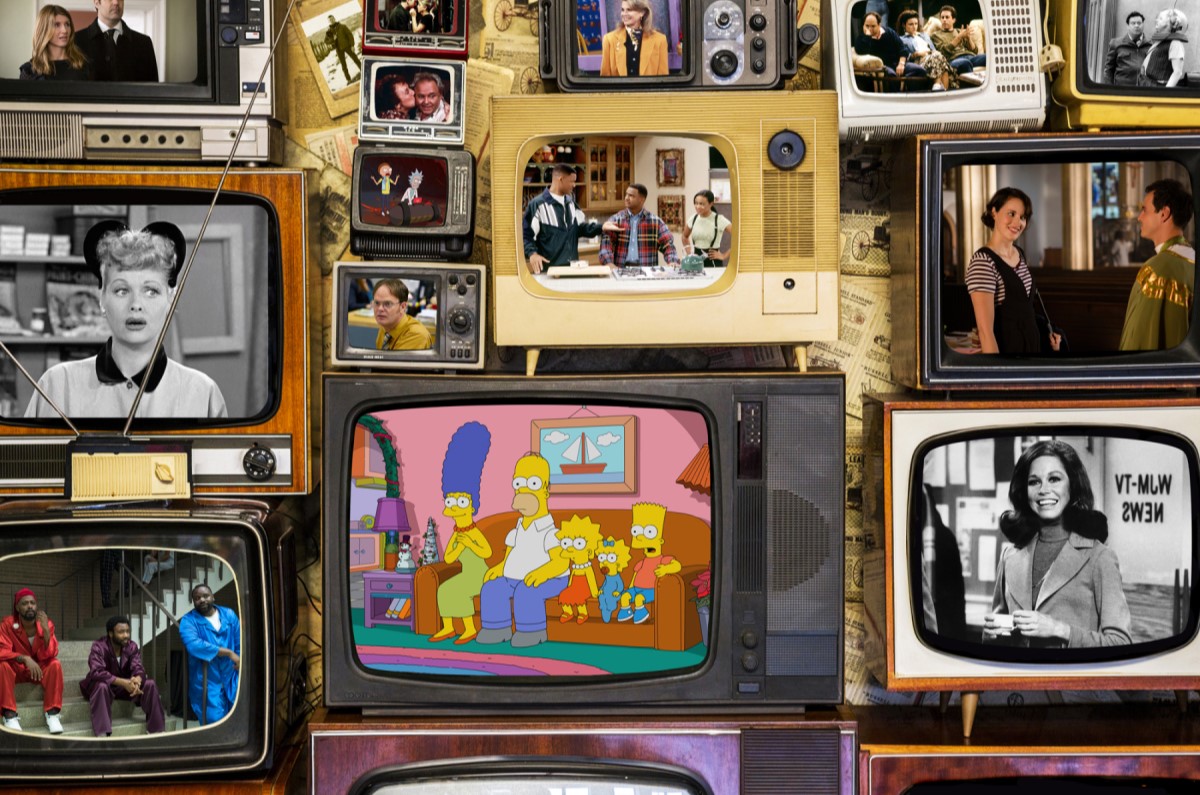


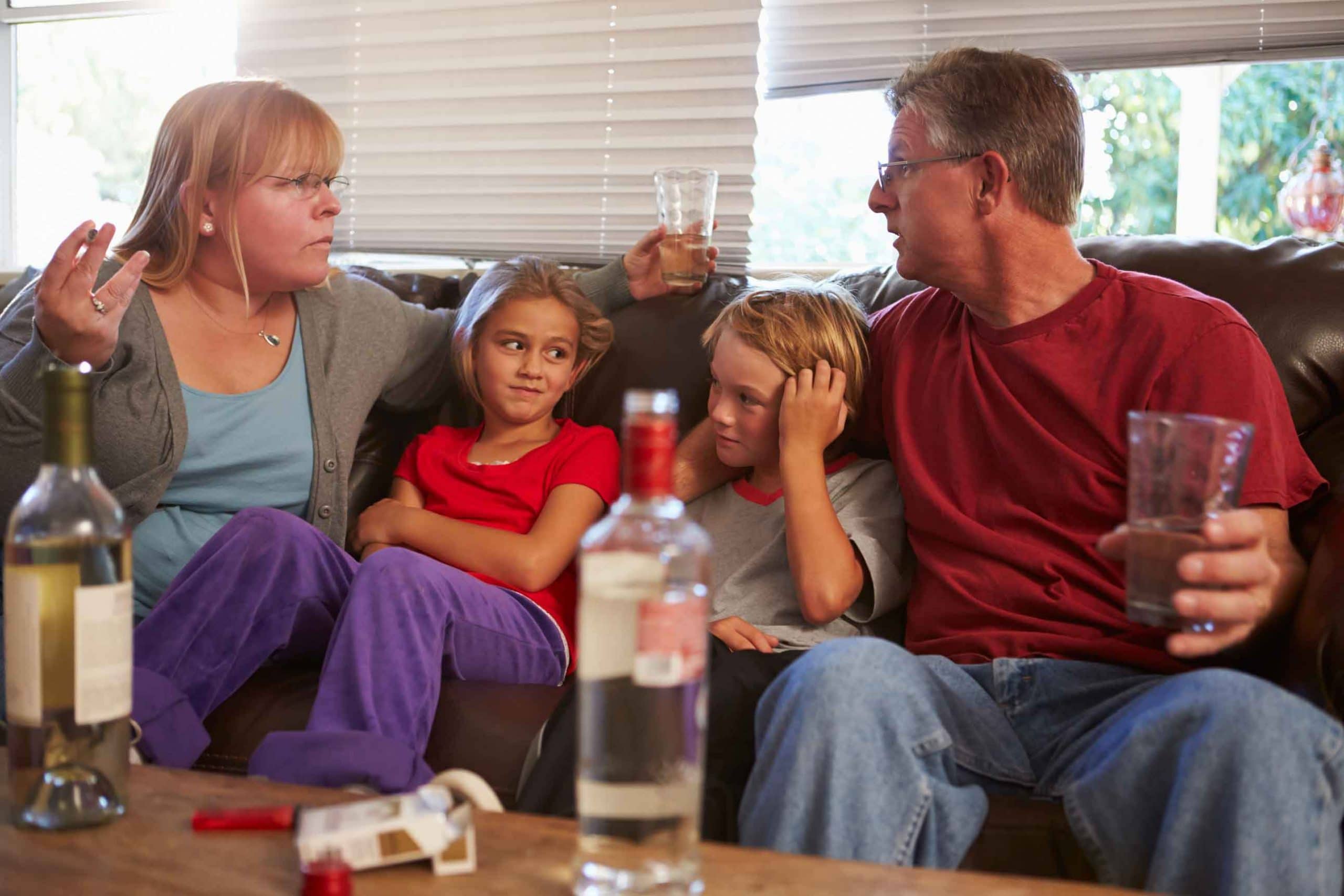






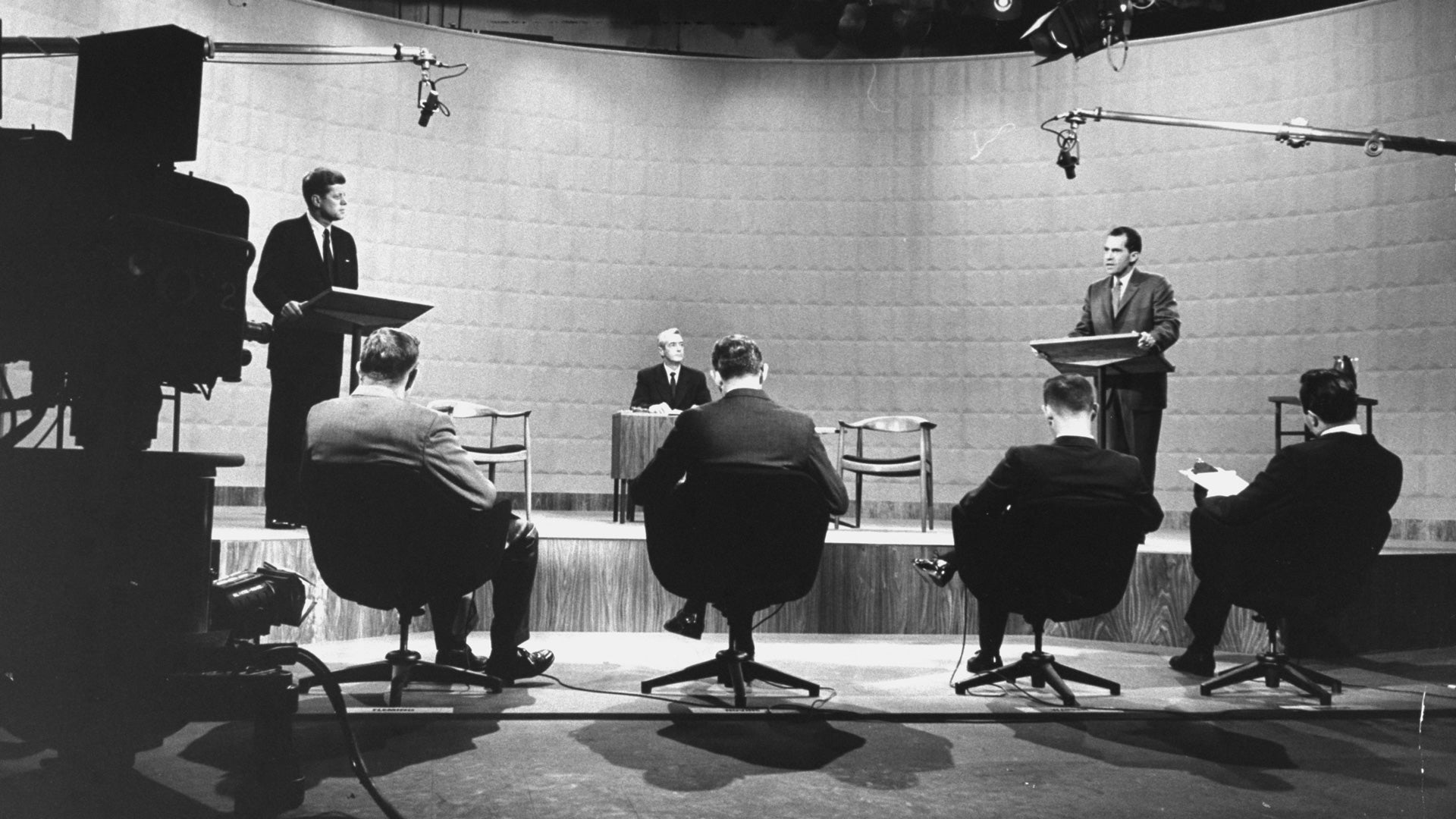


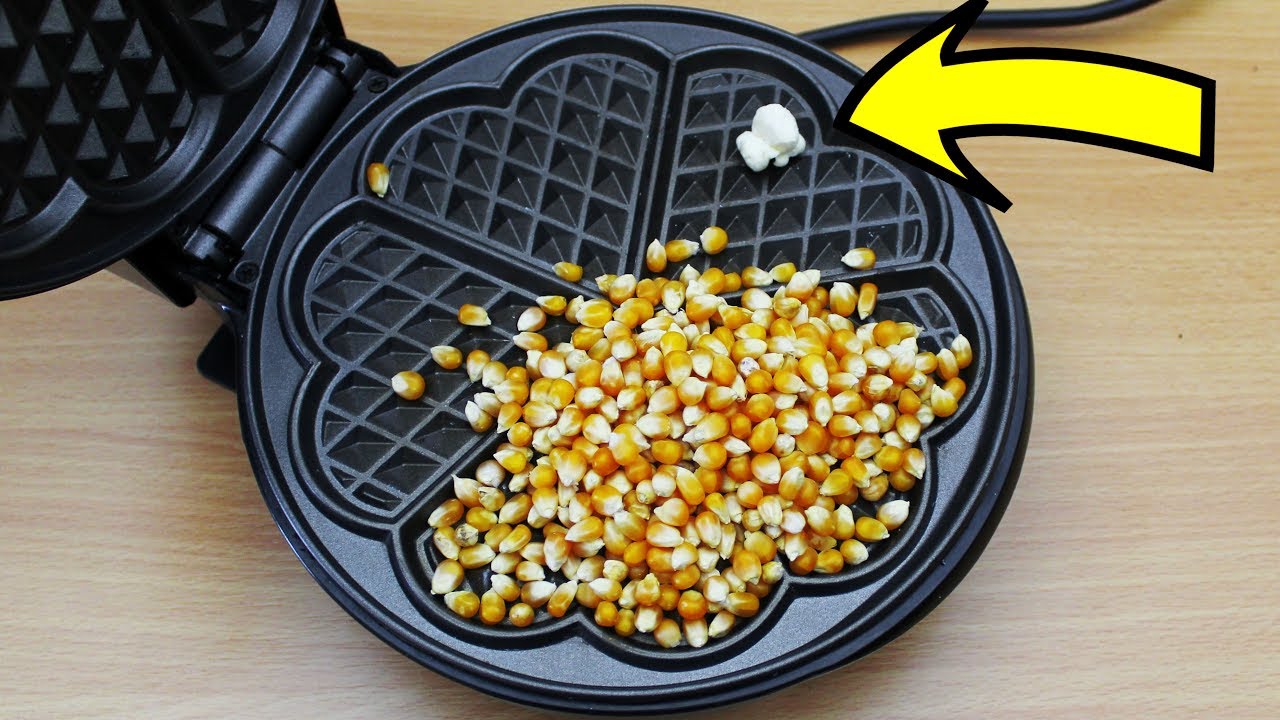

0 thoughts on “How Did The Industrial Revolution Affect Home Life?”